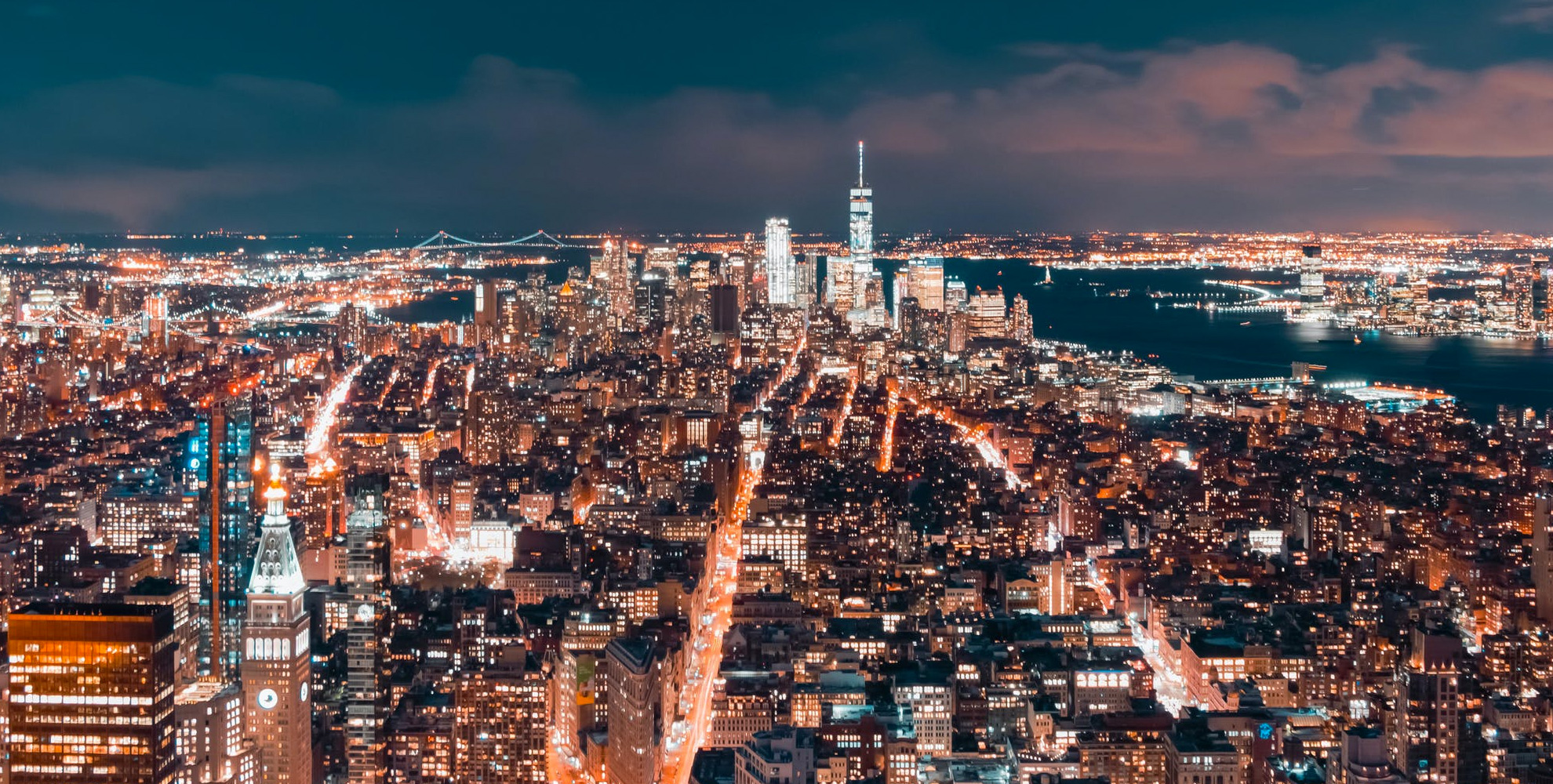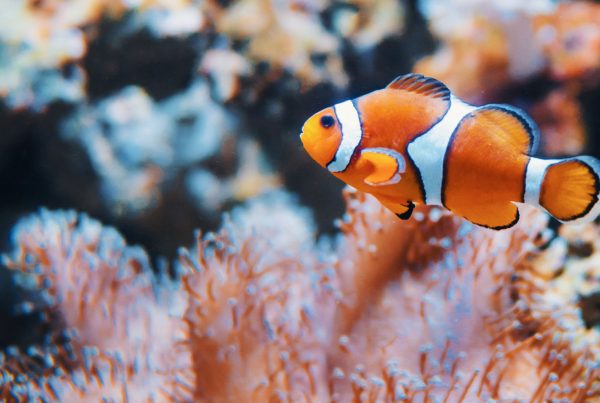Millions of people throughout the world do not get a chance to see the natural night sky. They will never experience a sight of the sky dotted with stars or see the magnificent Milky Way where they live. And, yet, 100 years ago, everyone on the Earth was able to enjoy such a spectacular sight. However, in the last decades, we have flooded our nights with so much artificial light that we have drowned the moonlight and starlight. The light pollution is not only a visual defect. It also presents a serious environmental issue which affects the functioning of entire ecosystems in various corners of the globe.
What is the cause of light pollution?
Just as the pesticides can pollute our water and soil, so light pollution can pollute our environment. It basically is a by-product of the industrial civilization that is mainly caused by interior and exterior lighting, exterior advertising, office space construction, illuminated sporting venues and cultural sights, streetlights, etc.
Light pollution could scientifically be characterized as any change of night environment through artificially produced light (Hollan 2005). Any artificial light that is not natural in the given conditions can thus be considered light pollution – that is, for example, overlit areas during night hours and unsuitable or excessive use of exterior artificial lights.
Sources of light pollution
According to international Dark Sky association for the protection of the night sky, the sources of light pollution can be divided as follows:
- Glare: excessive brightness that causes visual discomfort,
- Skyglow: brightening of the night sky over inhabited areas,
- Light trespass: light falling where it is not intended or needed,
- Clutter: bright, confusing and excessive groupings of light sources.
Light pollution is mainly perceived visually
Use of artificial light at night results in unnatural prolonging of day on one hand and shortening of night on the other, which has adverse effect on the innate natural rhythm of our organism and organism of every living creature. In spite of this fact, we mainly perceive light pollution visually, not physically. The paradox is that, although perceived visually, it prevents us from seeing the beautiful cosmic spectacle which occurs over our heads every night. Artificial light literally destroys the night sky and creates glare that prevents us from seeing the stars.
The situation is worst in large cities and densely inhabited areas
According to the findings of The New World Atlas of Artificial Night Sky Brightness study of 2016, as many as 80% of the Earth’s population live under overlit sky. The situation is worst in densely inhabited areas. Countries such as Singapore, Kuwait and San Marino are even so affected by light pollution that 99.5% of the stars “have disappeared” from their night sky. The stars are only visible when special technologies are used, but almost nothing is visible to the naked eye.
As far as Europe only is concerned, approximately 99% of the Europeans never experience natural night where they live and never see the sky as they should be able to see it, according to this study. It would seem that we have reached the maximum and light pollution has nowhere else to spread. However, the reverse is true, and the scientists warn that the values of light pollution increase every year. If you would like to see what the situation in your town or country is like, you can use one of the following online tools:
Clear night sky over Africa
Africa is still one of the least affected places on the Earth. According to the above mentioned The New World Atlas of Artificial Night Sky Brightness study, the countries like Chad, Central African Republic and Madagascar are the least affected by light pollution. It is in these areas that Milky Way is clearly visible in the night sky. However, the clear sky is associated with little developed light infrastructure in Africa that is connected to the economic and industrial development. It can thus be assumed that if the African countries continue developing their economy, light pollution will not get round these, so far unaffected, areas.
Light pollution deserves more attention
Light pollution is overshadowed by the issue of global warming that is an environmental issue no. 1 today. If the seriousness of the issue of light pollution is considered, it is still lagging behind the other environmental issues as regards awareness. Our poor sight of the night sky is far from being the most serious impact of light pollution which affects our environment, affects the lives of ecosystems and changes significantly the standard biological processes of humans and of other species.
What will happen if the balance of darkness and light is disrupted?
Over the past 3 billion years, the Earth has existed in the balanced rhythm of alternation of light and darkness, day and night. These 2 phases are naturally formed by alternation of the sun and the moon with the stars. All the living organisms on our planet have adapted to this cycle and adapted their biological functions to this regular rhythm. Can you image what will happen, if we disrupt in a few decades what animals have adapted to for thousands of years?
In natural environment, we would just see gentle glow of the moon and the stars at night, with black darkness all around. However, by inventing light bulb, people started to disturb this natural environment and brightened the darkness. They have thus not only affected their biological rhythm, but also that of animals. Illuminated yards, streets, cities, high illuminated buildings – all of these affect the biological processes of insects, damage water ecosystems in the seas and oceans, impair the navigation of birds and disturbs the predator-prey relations in virtually all species.
Dark sky reserves emerge throughout the world
So called dark sky reserves emerge throughout the world aimed to protect from light pollution and raise awareness in this area. The reserves include, for example, Cévennes National Park (France), Snowdonia National Park (Wales), NamibRand Nature Reserve (Namibia) and many other reserves and national parks from all over the world. These reserves are specially protected to preserve the quality of starry nights and to provide the natural night environment for the number of animal species.
Experts claim that if we lose the night sky over our heads, we will lose something crucial that awakens respect, peace, and esteem inside us. It is, therefore, up to us, humans, to restore the natural environment on the Earth and to interfere as little as possible with the processes which have been here in an unchanged form for millions of years.



